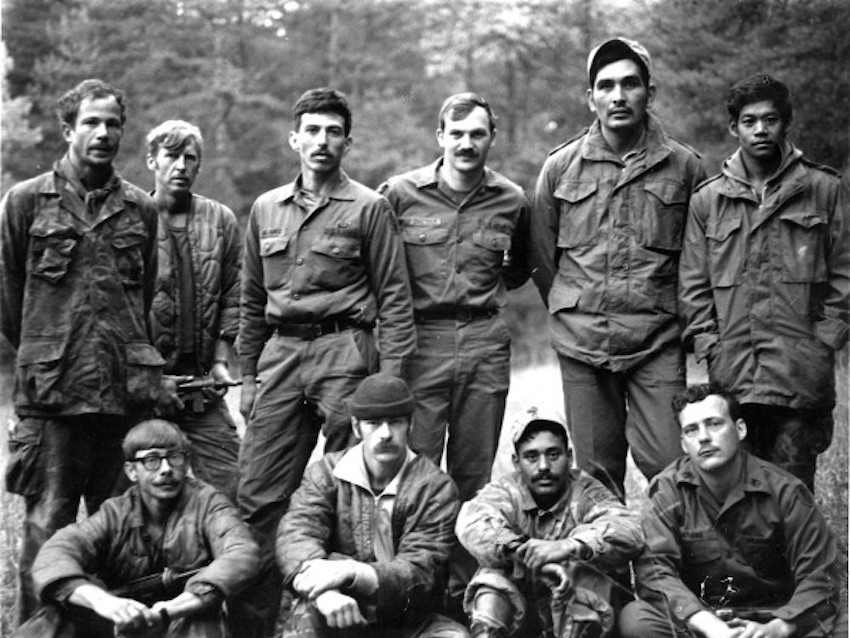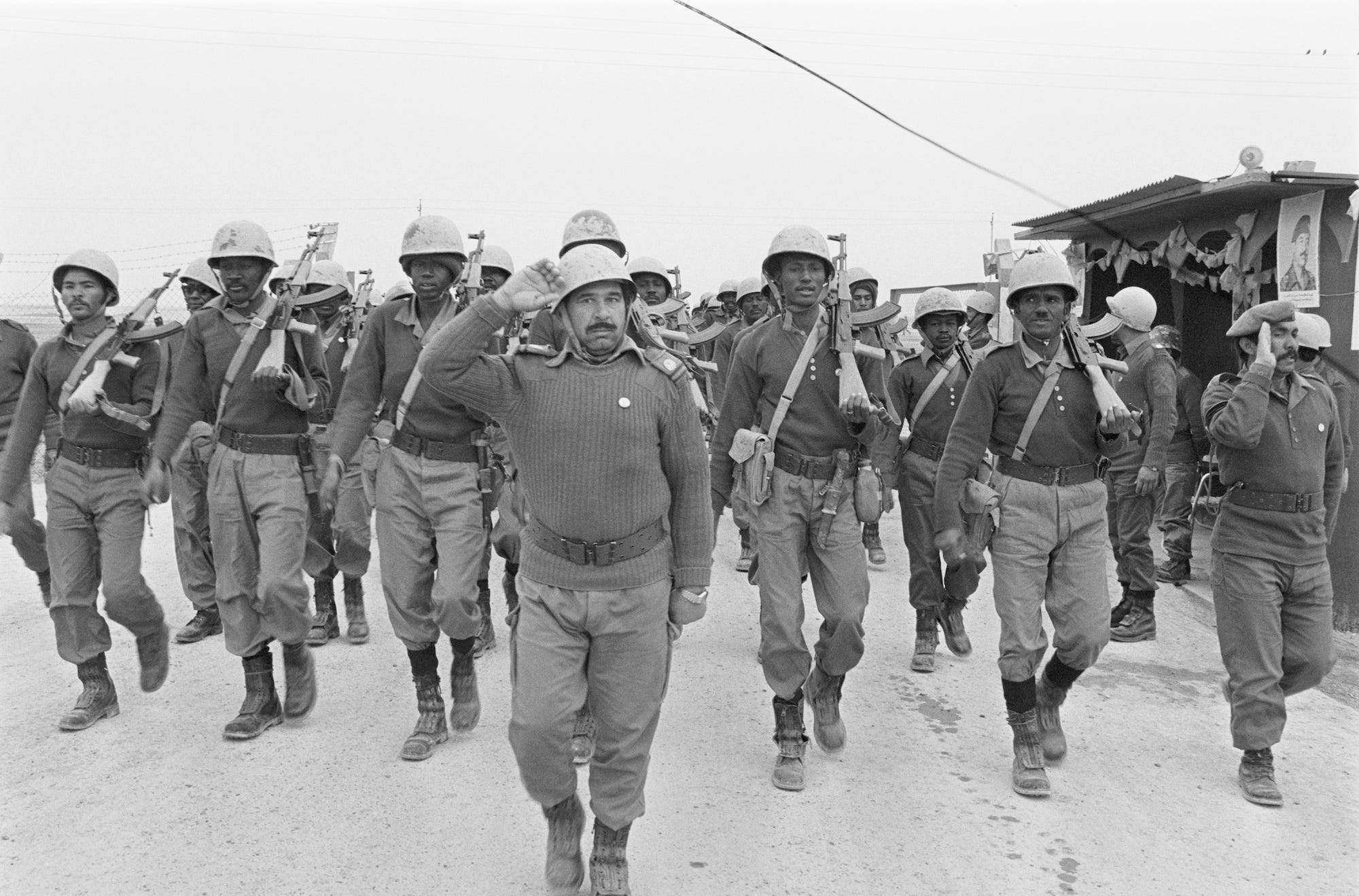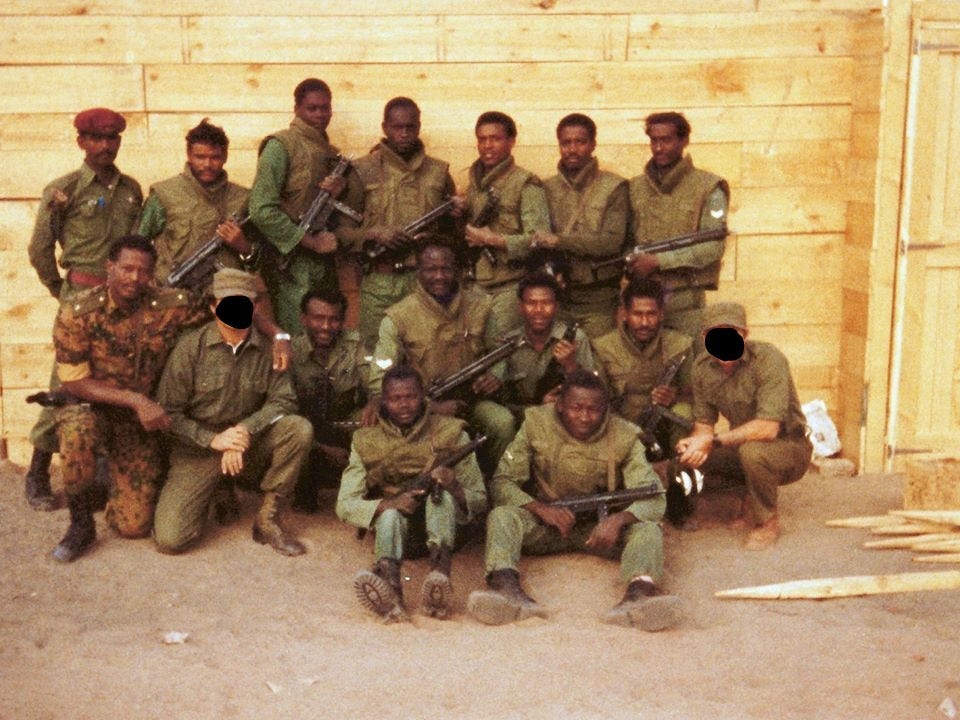
- In the early 1980s, the recently formed Delta Force participated in its first hostage-rescue operation.
- Delta has become the US's go-to hostage-rescue force, but during its first outing, the Unit's operators were just observers.
In the early 1980s, when most Americans didn't even know about the highly secretive Delta Force, the elite counterterrorism unit participated in its first hostage-rescue operation — although indirectly.
When a group of self-described "rebels" captured two American missionaries and three other Westerners in Sudan, Delta Force deployed.
Despite having been trained for exactly that sort of contingency, Delta Force sent a team of advisers to advise and assist their Sudanese counterparts who would conduct the operation.
Delta Force: America's 911

Created in the late 1970s on the model of the famed British Special Air Service (SAS), Delta Force — and later SEAL Team 6 — was a response to emergence international terrorism following the Black September attacks against the Israeli team at the 1972 Munich Olympics.
Part of the Joint Special Operations Command (JSOC), Delta Force is the Army's premier direct-action special-missions unit.
Alongside Naval Special Warfare Development Group, as SEAL Team 6 is now known, Delta Force specializes in hostage-rescue and counterterrorism, in addition to several other mission sets, such as strategic reconnaissance or operational preparation of the battlefield.
The new unit's first test came during the attempt to rescue the American hostages held in Tehran during Operation Eagle Claw in 1980. Although that operation was a failure, Delta Force sharpened its skills and waited for the call.
Hostage rescue in Sudan

In July 1983, about 30 bandits, part of the Southern Sudan Liberation Front, took hostage five Western missionaries, including two American citizens. The hostage-takers moved their captives in the jungles of the Boma Plateau in the southeastern corner of what is now South Sudan.
Always on standby for such contingencies, Delta Force spun up for a potential hostage-rescue operation but was quickly told to stand down. The Pentagon explicitly ordered that no Delta Force operators be directly involved in the operation.
So instead, two Delta Force operators — an officer and a senior enlisted operator — flew to Africa and joined the Sudanese counterterrorism unit of about 30 operators.
The Delta Force operators had trained the Sudanese special operators the previous year. A team of six American commandos and one British SAS operator had gone to the African country and essentially set up a counterterrorism capability for the Sudanese military.
The American commandos went from the capital of Khartoum to the city of Juba, close to the area where the hostages and their captors were hidden. In addition to the Delta Force element, the Pentagon deployed a signals team from an intelligence special missions unit to monitor the communications of the hostage-takers.
The Pentagon also deployed a Keyhole reconnaissance satellite to take pictures of the bandit's camp. Since the Sudanese were taking the lead on the operation, JSOC and the CIA passed the satellite pictures to them.
The Sudanese commandos and their American advisers spent the next two weeks watching the camp and rehearsing their plan.

The main assault force was composed of 14 Sudanese commandos whose job was to secure the hostages. A machine-gun team would provide support fire, while about 15 operators would secure the perimeter and ensure the terrorists received no outside support during the operation and that none of them escaped during the pandemonium of the battle.
"When you're going after somebody, you go when there's a high probability he is there, not when you want to go or when it is convenient for you to go. There is an inherent danger in that, but that is the nature of our job," a retired Delta Force operator told Insider.
When the time was right, the Sudanese launched a surprise air assault on the camp and managed to rescue all five missionaries unscathed while killing most of the hostage-takers.
Following the operation, the five missionaries signed two Bibles and gave them to the two Delta Force operators as a sign of appreciation for their role in the operation.
For several years the Sudan hostage rescue was kept under wraps, and it wasn't widely known until former Delta Force operator Eric Haney wrote about it in his memoir, "Inside Delta Force: The Story of America's Elite Counterterrorist Unit."
Several of Haney's former Delta colleagues accused him of making up events in the book and of embellishing his actions while service with Delta. The 1983 Sudan raid was also detailed in Sean Naylor's 2015 book, "Relentless Strike: The Secret History of Joint Special Operations Command."
The operation in Sudan was one of the first for a special-operations unit that views itself as a group of "quiet professionals" who often don't advertise their work or seek public recognition for it. Delta Force's reputation grew, however, prompting several foreign governments and special-operations units to request their help when they encountered an emergency, which still happens today.
Delta Force has had a quiet or undisclosed role in many operations since then. During the Japanese embassy hostage crisis in Peru in 1996-1997, for example, Delta sent some operators in an advisory role. It did the same during the debacle at Waco, Texas, when the FBI's Hostage Rescue Team raided the building of a religious sect after a long standoff in 1993, killing dozens.
Stavros Atlamazoglou is a defense journalist specializing in special operations, a Hellenic Army veteran (national service with the 575th Marine Battalion and Army HQ), and a Johns Hopkins University graduate.